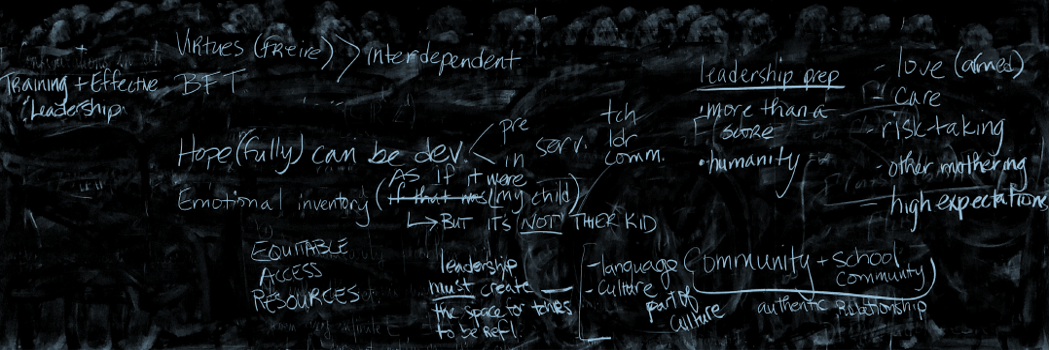Week 2: Mariatere
Dr. Ladson-Billings asks: “Well, what did you mill?” Textiles… (Video, 27:00)
To answer some of the questions posed by Lucy, Kushya, August, and Fatima, I felt heavy reading the first two articles. Yes, we know that race continues to be a significant factor in determining inequity and life outcomes. We feel the weight of it and see it at play in our schools. But as I reread, Toward a Critical Race Theory of Education (2005), I felt strengthened when I came to, “Historically, storytelling has a kind of medicine to heal the wounds of pain caused by racial oppression” (p. 57). I understood the message differently this time. As Dixson & Anderson (2018), and many of you have discussed, while narratives by themselves are not enough, they are an indispensable tool I need to learn how to use. When I listened to Dr. Ladson-Billings’ talk at Teachers College later on, I got a better sense of the kind of medicine she was pointing to. Not the ones that mask the pain and make us feel better. She was talking about the old school herbs that grow outdoors. Medicines purge and leave no room for the racist practices, policies, and curriculums that impact our schools and communities.
As I listened to Dr. Ladson-Billings’ address, I was interested in understanding how counter-narratives can serve to engage people in the issues and data, get them to care and take action. I wanted to understand: 1) how she chose to construct and weave the narrative she had crafted, including what materials she had used, 2) the actual talk, meaning the words, images, messages, and knowledges that made up her talk, and 3) what was happening at the juncture of her talk and my participating (audiencing). I couldn’t help myself. All week I’ve been thinking about researchers can use use art, including storytelling, to deepen the understandings of our audiences. As a master storyteller, counter-narrative weaver, I sat intently by her side to listen and learn. She knows the power of selection, so what had changed and what had remained consistent from her seminal (2005) work? The message I received was: Be courageous. Counter-‘narrativing’ is not reserved for getting on stage or publishing. It is daily praxis, reflection and action. This is where I found some hope.




Hi hello this is a comment.